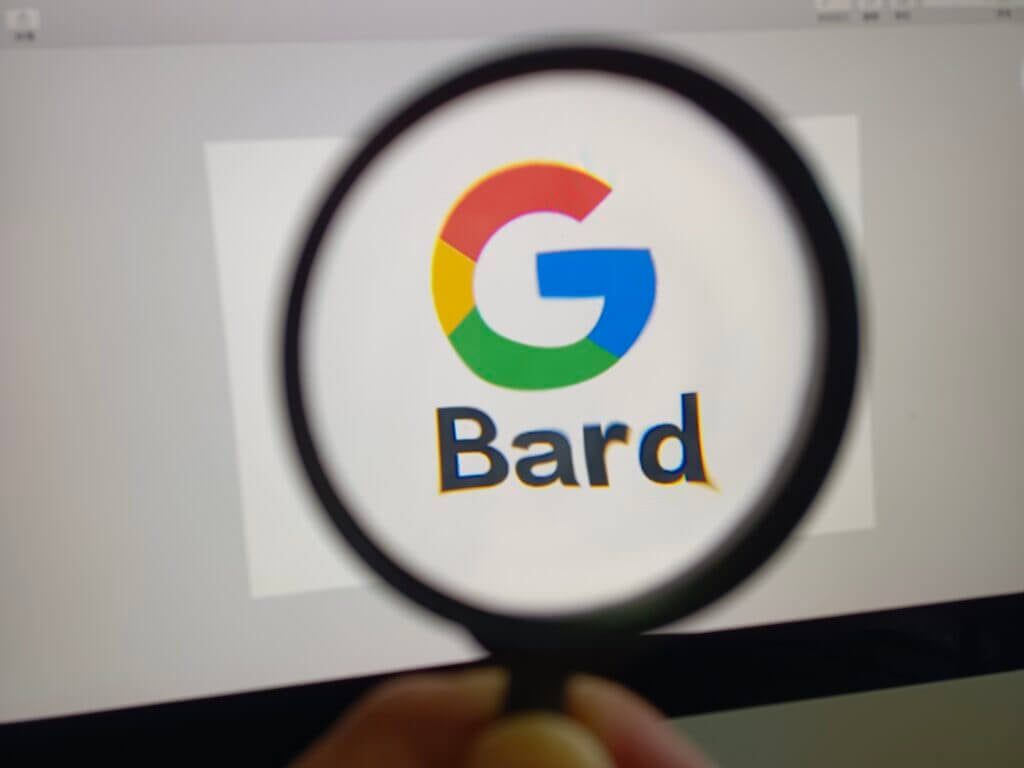On July 13, Google made significant updates to its conversational AI chatbot, Bard, and introduced various new features to enhance its capabilities. In a blog post, Amarnag Subramanya, VP-engineering of Bard, and Jack Krawczyk, product lead of Bard, announced that the AI-powered chatbot can now be used in a total of 40 languages. Notably, Bard now supports 9 Indian languages, namely Hindi, Bengali, Kannada, Gujarati, Malayalam, Marathi, Tamil, Telugu, and Urdu. Furthermore, the availability of Bard has been expanded to over 230 countries, making it accessible to a wide global audience.
Despite the growing competition in the AI chatbot space, ChatGPT remains the leader in terms of active daily users with approximately 13 million users. However, Google aims to rapidly expand Bard’s user base, projecting it to reach a staggering 1 billion users by 2025. This highlights the company’s strong commitment to AI development and its determination to establish Bard as a prominent player in the chatbot market.
Alongside the increased availability, Google introduced several new features to enhance the functionality of Bard. Users now have the option to listen to the chatbot’s responses in all 40 supported languages by simply selecting a newly added sound icon. This auditory feature enables users to engage with Bard’s responses in a more immersive and accessible manner.
Also Read: Tata Group To Soon Begin iPhone Assembly In India
Furthermore, Google has empowered users to have more control over the tone and style of Bard’s responses. This feature is currently available in English, allowing users to choose from five response styles: simple, long, short, professional, or casual. This customisation aspect enhances the user experience by aligning Bard’s responses with individual preferences and needs.
You can now access Bard in new languages and countries, customize responses, add images to your prompts and more. Learn more ↓ https://t.co/k0s7wshyMT
— Google (@Google) July 13, 2023
To facilitate better organisation and retrieval of conversations, users can now pin and rename specific conversations with Bard. This functionality enables users to revisit their previous prompts conveniently and efficiently. In addition, Bard’s sidebar now displays options for pinning conversations, renaming them, and accessing recent conversations, further streamlining the user interface.
Moreover, Google has introduced the capability to share conversations and responses generated by Bard within users’ networks. This feature supports over 40 languages, enabling users to easily exchange and distribute valuable conversations with others. This social sharing functionality fosters collaboration, knowledge sharing, and engagement within communities utilising Bard.
In an effort to enhance Bard’s visual recognition capabilities, Google has integrated the power of Google Lens into the chatbot. This integration allows users to upload images as prompts and receive responses in the form of relevant information or descriptions. Currently available only in English, this image feature is set to expand to support additional languages in the near future, further enriching Bard’s functionality and usefulness.

These updates and new features highlight Google’s dedication to advancing the capabilities of its conversational AI chatbot, Bard. By expanding language support, offering customisation options, improving organisation features, enabling social sharing, and integrating visual recognition, Google aims to provide users with a comprehensive and user-friendly AI chatbot experience.


